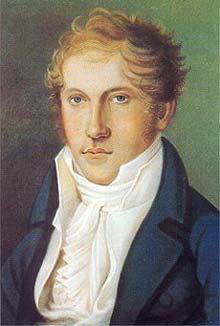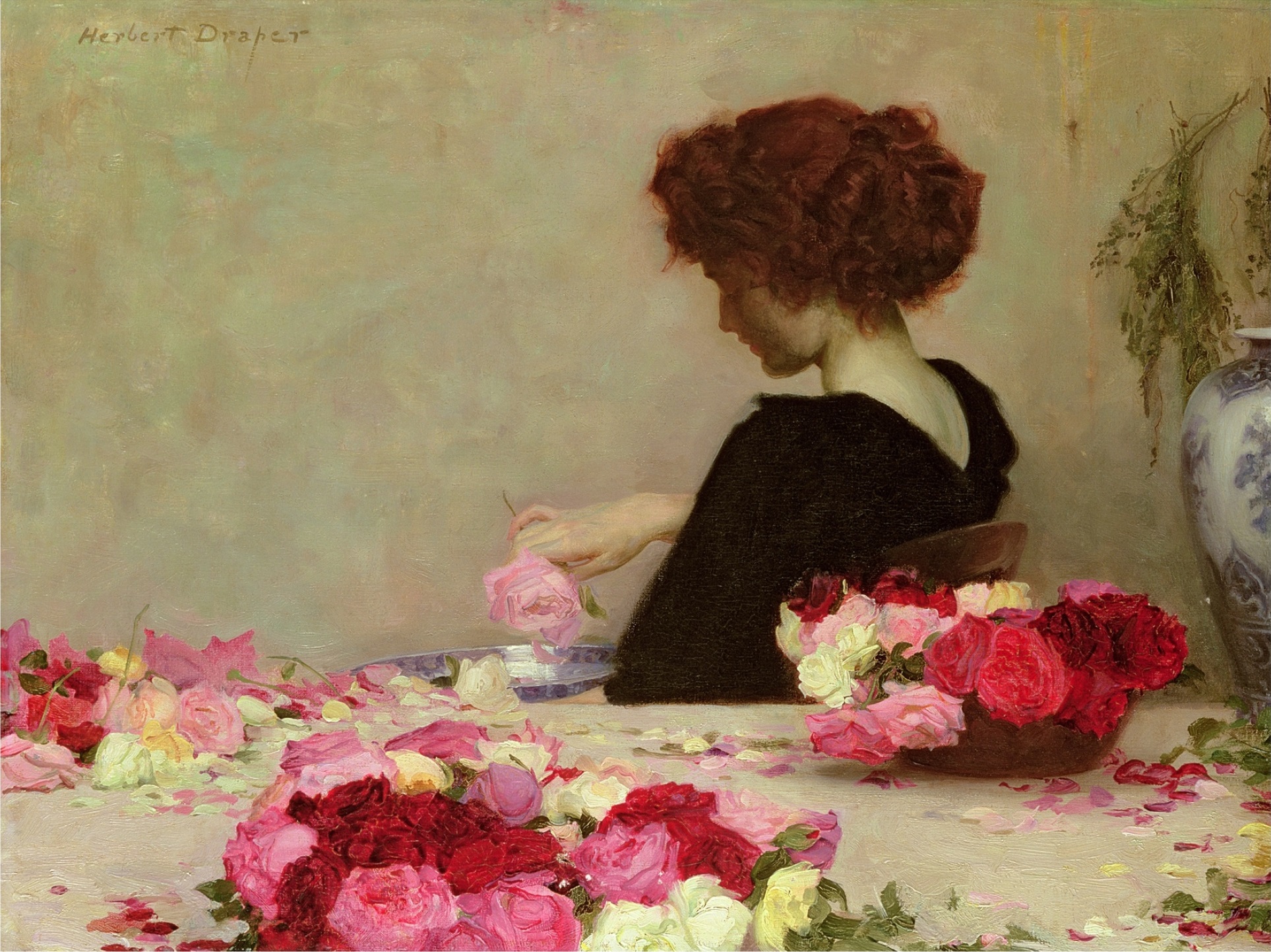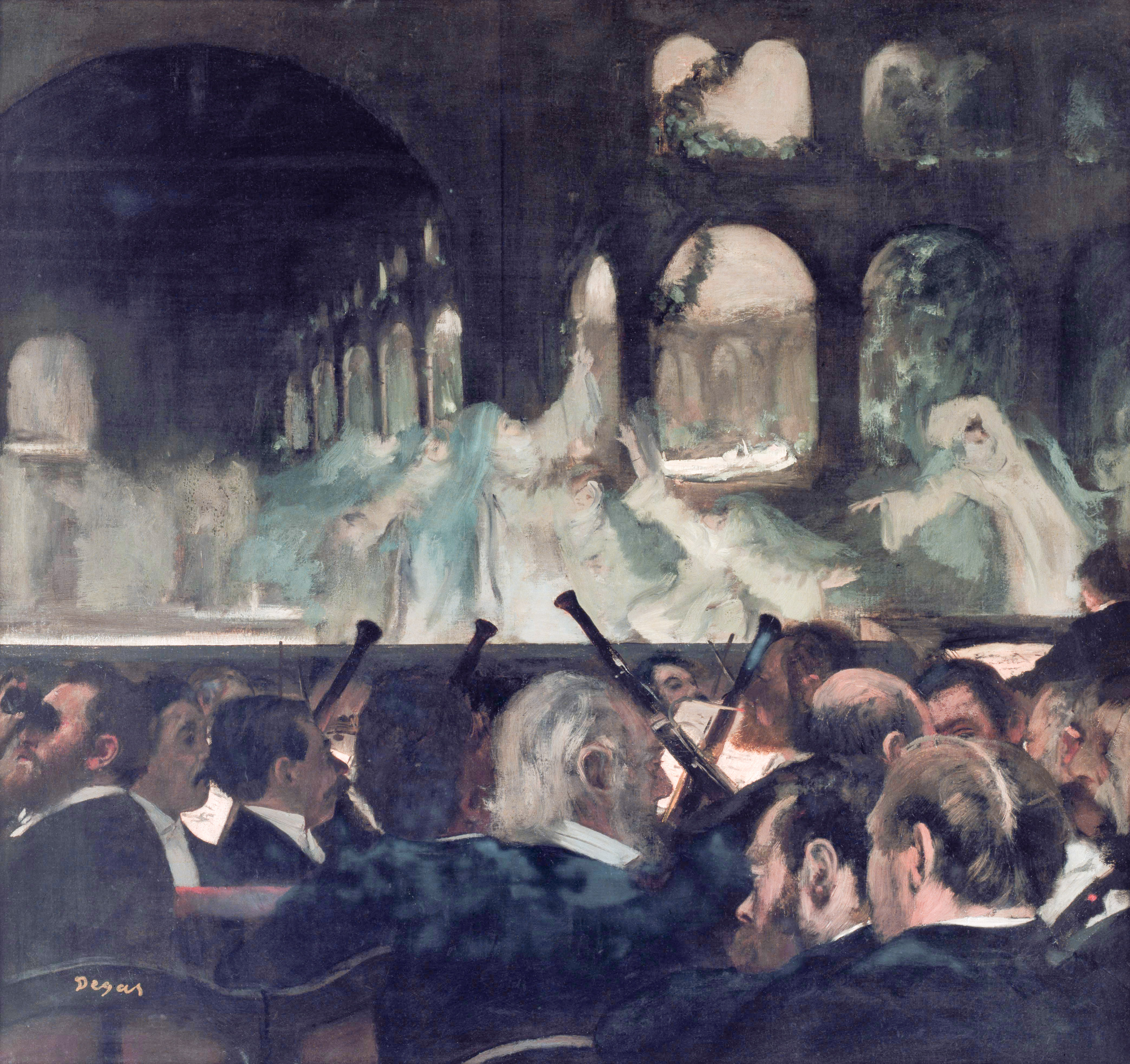|
List Of Compositions By Louis Spohr
This is an incomplete list of compositions by Louis Spohr (1784–1859). The list is divided into works given an opus number by the composer and those that were not (WoO). With opus number * Violin Concerto No. 1, Op. 1 (1802) * Violin Concerto No. 2, Op. 2 (1804) * 3 Concertant Duos for 2 Violins, Op. 3 * 2 String Quartets, Op. 4 (nos. 1, 2) (1805) * Potpourri No. 1 for Violin & String Trio, Op. 5 (1832) * Violin Concerto No. 3, Op. 7 (1805) * 2 Concertant Duos for 2 Violins, Op. 9 (1808) * Violin Concerto No. 4, Op. 10 (1805) #Allegro moderato #Adagio #Rondo. Allegretto * String Quartet, Op. 11 Quatuor Brillant No. 1 (1806) #Allegro moderato #Adagio #Rondo * Overture in C minor, Op. 12 * Duet for Violin and Viola, Op. 13 * String Quartet, Op. 15 (nos. 1, 2) * Violin Concerto No. 5, Op. 17 * Symphony No. 1 in E-flat major, Op. 20 * Alruna, die Eulenkönigin (Overture), Op. 21 * Potpourri No. 2 in B-flat major on themes by Mozart for Violin & String Quartet (with Bass ad libitum) ... [...More Info...] [...Related Items...] OR: [Wikipedia] [Google] [Baidu] |
Louis Spohr
Louis Spohr (, 5 April 178422 October 1859), baptized Ludewig Spohr, later often in the modern German form of the name Ludwig, was a German composer, violinist and conductor. Highly regarded during his lifetime, Spohr composed ten symphonies, ten operas, eighteen violin concerti, four clarinet concerti, four oratorios, and various works for small ensemble, chamber music, and art songs.Clive Brown. "Spohr, Louis." Grove Music Online. Oxford Music Online. 18 May 2012 Spohr invented the violin chinrest and the orchestral rehearsal mark. His output spans the transition between Classical and Romantic music, but fell into obscurity following his death, when his music was rarely heard. The late 20th century saw a revival of interest in his oeuvre, especially in Europe. Life Spohr was born in Braunschweig in the duchy of Brunswick-Wolfenbüttel to Karl Heinrich Spohr and Juliane Ernestine Luise Henke, but in 1786 the family moved to Seesen. Spohr's first musical encouragement ... [...More Info...] [...Related Items...] OR: [Wikipedia] [Google] [Baidu] |
Opus Number
In musicology, the opus number is the "work number" that is assigned to a musical composition, or to a set of compositions, to indicate the chronological order of the composer's production. Opus numbers are used to distinguish among compositions with similar titles; the word is abbreviated as "Op." for a single work, or "Opp." when referring to more than one work. To indicate the specific place of a given work within a music catalogue, the opus number is paired with a cardinal number; for example, Beethoven's Piano Sonata No. 14 in C-sharp minor (1801, nicknamed ''Moonlight Sonata'') is "Opus 27, No. 2", whose work-number identifies it as a companion piece to "Opus 27, No. 1" ( Piano Sonata No. 13 in E-flat major, 1800–01), paired in same opus number, with both being subtitled ''Sonata quasi una Fantasia'', the only two of the kind in all of Beethoven's 32 piano sonatas. Furthermore, the ''Piano Sonata, Op. 27 No. 2, in C-sharp minor'' is also catalogued as "Sonata No. 14", ... [...More Info...] [...Related Items...] OR: [Wikipedia] [Google] [Baidu] |
String Quartet No
String or strings may refer to: *String (structure), a long flexible structure made from threads twisted together, which is used to tie, bind, or hang other objects Arts, entertainment, and media Films * Strings (1991 film), ''Strings'' (1991 film), a Canadian animated short * Strings (2004 film), ''Strings'' (2004 film), a film directed by Anders Rønnow Klarlund * Strings (2011 film), ''Strings'' (2011 film), an American dramatic thriller film * Strings (2012 film), ''Strings'' (2012 film), a British film by Rob Savage * ''Bravetown'' (2015 film), an American drama film originally titled ''Strings'' * ''The String'' (2009), a French film Music Instruments * String (music), the flexible element that produces vibrations and sound in string instruments * String instrument, a musical instrument that produces sound through vibrating strings ** List of string instruments * String piano, a pianistic extended technique in which sound is produced by direct manipulation of the strings, r ... [...More Info...] [...Related Items...] OR: [Wikipedia] [Google] [Baidu] |
Symphony No
A symphony is an extended musical composition in Western classical music, most often for orchestra. Although the term has had many meanings from its origins in the ancient Greek era, by the late 18th century the word had taken on the meaning common today: a work usually consisting of multiple distinct sections or movements, often four, with the first movement in sonata form. Symphonies are almost always scored for an orchestra consisting of a string section (violin, viola, cello, and double bass), brass, woodwind, and percussion instruments which altogether number about 30 to 100 musicians. Symphonies are notated in a musical score, which contains all the instrument parts. Orchestral musicians play from parts which contain just the notated music for their own instrument. Some symphonies also contain vocal parts (e.g., Beethoven's Ninth Symphony). Etymology and origins The word ''symphony'' is derived from the Greek word (), meaning "agreement or concord of sound", "concert of ... [...More Info...] [...Related Items...] OR: [Wikipedia] [Google] [Baidu] |
Potpourri No
Potpourri ( ) is a mixture of dried, naturally fragrant plant materials used to provide a gentle natural scent, commonly in residential settings. It is often placed in a decorative bowl. The word "potpourri" comes into English from the French word . The French term has two connotations. It is the French name for a Spanish stew with a wide variety of ingredients called , a specialty of the city of Burgos. The word in French has the same meaning as it does in English (and as does in Spanish), while the word , like Spanish , means "rotten". History Potpourri has been used in rooms since ancient times, in a variety of ways, including just scattering it on the floor. In early 17th-century France, fresh herbs and flowers were gathered—beginning in spring and continuing throughout the summer. The herbs were left for a day or two to become limp, then layered with coarse sea salt. The aging mixture was stirred occasionally as layers were added to it. Often the mixture would ferm ... [...More Info...] [...Related Items...] OR: [Wikipedia] [Google] [Baidu] |
Clarinet Concerto No
The clarinet is a musical instrument in the woodwind family. The instrument has a nearly cylindrical bore (wind instruments), bore and a flared bell, and uses a Single-reed instrument, single reed to produce sound. Clarinets comprise a Family (musical instruments), family of instruments of differing sizes and pitches. The clarinet family is the largest such woodwind family, with more than a dozen types, ranging from the contrabass clarinet, BB♭ contrabass to the E-flat clarinet, E♭ soprano. The most common clarinet is the B soprano clarinet. German instrument maker Johann Christoph Denner is generally credited with inventing the clarinet sometime after 1698 by adding a register key to the chalumeau, an earlier single-reed instrument. Over time, additional keywork and the development of airtight pads were added to improve the tone and playability. Today the clarinet is used in classical music, military bands, klezmer, jazz, and other styles. It is a standard fixture of the ... [...More Info...] [...Related Items...] OR: [Wikipedia] [Google] [Baidu] |
Faust (Spohr)
''Faust'' is an opera by the German composer Louis Spohr. The libretto, by Joseph Karl Bernard, is based on the legend of Faust; it is not influenced by Goethe's ''Faust'', though ''Faust, Part One'' had been published in 1808. Instead, Bernard's libretto draws mainly on Faust plays and poems by Friedrich Maximilian Klinger and Heinrich von Kleist. Spohr's ''Faust'' is an important work in the history of German Romantic opera. Performance history Spohr had left his court appointment at Gotha and taken up a post in Vienna at the Theater an der Wien, which had recently been purchased by Count Ferdinánd Pálffy de Erdöd. Spohr composed the opera in less than four months, May to September 1813 but had difficulties with Count Pálffy that interfered with getting it staged in Vienna. Though he took the manuscript score privately to Giacomo Meyerbeer, who played it, with Spohr singing — supplementing his vocal range by whistling — it was not until Carl Maria von Weber took an i ... [...More Info...] [...Related Items...] OR: [Wikipedia] [Google] [Baidu] |
Jessonda
''Jessonda'' is a grand opera (''Große Oper'') by Louis Spohr, written in 1822. The German libretto was written by , based on Antoine-Marin Lemierre's 1770 play ''La veuve du Malabar ou L'Empire des coutumes''. Spohr had been newly appointed Hofkapellmeister in Kassel. Performance history The first performance was at the Kurfürstliches Hoftheater in Kassel on 28 July 1823 under the direction of the composer. This opera was performed regularly up to about 1860. While the overture to ''Jessonda'' may be heard today in concert performance, the opera itself no longer holds the place it once did in the operatic repertoire. In February 1980, the Oxford University Opera Club performed this opera in the Oxford Playhouse. Roles Synopsis In this opera the heroine, Jessonda, widow of the Rajah, must be burned to death on his funeral pyre. Before her marriage she had been in love with a Portuguese general. A young Brahmin Brahmin (; sa, ब्राह्मण, brāhmaṇa) ... [...More Info...] [...Related Items...] OR: [Wikipedia] [Google] [Baidu] |
Operetta
Operetta is a form of theatre and a genre of light opera. It includes spoken dialogue, songs, and dances. It is lighter than opera in terms of its music, orchestral size, length of the work, and at face value, subject matter. Apart from its shorter length, the operetta is usually of a light and amusing character. It sometimes also includes satirical commentaries. "Operetta" is the Italian diminutive of "opera" and was used originally to describe a shorter, perhaps less ambitious work than an opera. Operetta provides an alternative to operatic performances in an accessible form targeting a different audience. Operetta became a recognizable form in the mid-19th century in France, and its popularity led to the development of many national styles of operetta. Distinctive styles emerged across countries including Austria-Hungary, Germany, England, Spain, the Philippines, Mexico, Cuba, and the United States. Through the transfer of operetta among different countries, cultural cosmop ... [...More Info...] [...Related Items...] OR: [Wikipedia] [Google] [Baidu] |
Romantische Oper
''Romantische Oper'' () was a genre of early nineteenth-century German opera, developed not from the German Singspiel of the eighteenth-century but from the opéras comiques of the French Revolution. It offered opportunities for an increasingly important role for the orchestra, and greater dramatic possibilities for reminiscence motifs – phrases that are identified with a place, person or idea and which, when re-used in a work, remind the listener of the place, person or idea in question. Carl Maria von Weber's ''Der Freischütz'' (1821) inaugurated the genre, which increasingly became associated with a distinctively German national style, as exemplified by composers such as Heinrich Marschner (e.g. ''Der Vampyr'' and ''Hans Heiling''), Albert Lortzing (e.g. '' Undine'') and Louis Spohr. Themes explored included nature, the supernatural, the Middle Ages and popular culture, specifically folklore. Musically, German folk music also served as an inspiration. Spoken dialogue contin ... [...More Info...] [...Related Items...] OR: [Wikipedia] [Google] [Baidu] |
Grand Opera
Grand opera is a genre of 19th-century opera generally in four or five acts, characterized by large-scale casts and orchestras, and (in their original productions) lavish and spectacular design and stage effects, normally with plots based on or around dramatic historic events. The term is particularly applied (sometimes specifically used in its French language equivalent grand opéra, ) to certain productions of the Paris Opéra from the late 1820s to around 1850; 'grand opéra' has sometimes been used to denote the Paris Opéra itself. The term 'grand opera' is also used in a broader application in respect of contemporary or later works of similar monumental proportions from France, Germany, Italy, and other countries. It may also be used colloquially in an imprecise sense to refer to 'serious opera without spoken dialogue'. Origins Paris at the turn of the 19th century drew in many composers, both French and foreign, and especially those of opera. Several Italians working d ... [...More Info...] [...Related Items...] OR: [Wikipedia] [Google] [Baidu] |


.jpg)
